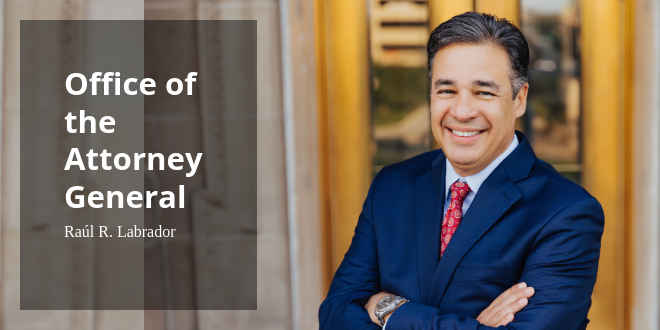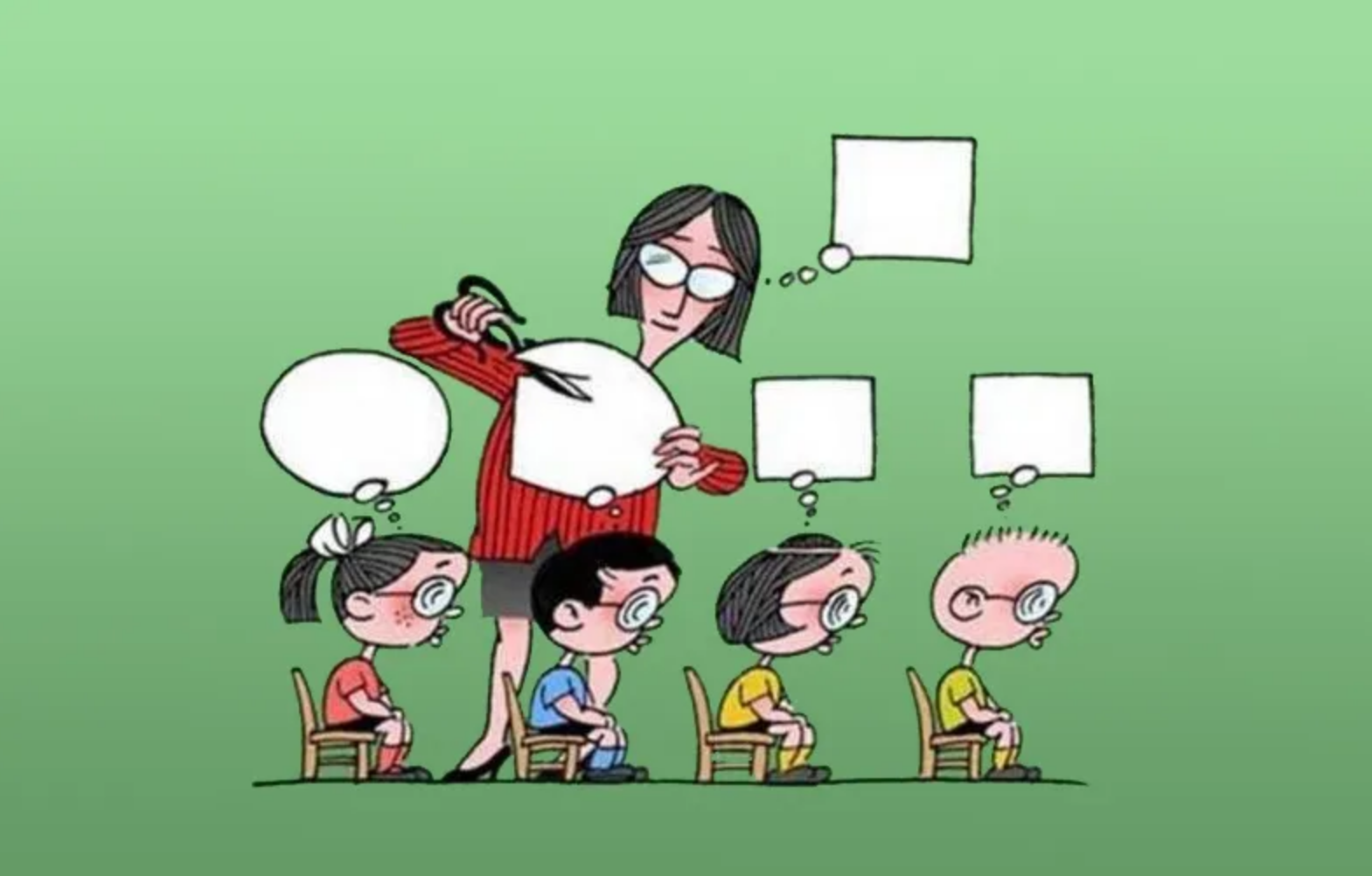Politics & Common Sense — Column by John Spencer
Recently, I’ve been closely examining the rapid rise of artificial intelligence in education, both through reading and listening to thought leaders in the field. We now live in an age where voice assistants and instant-response tools are seamlessly embedded in daily life. The promise of AI lies in its speed and convenience, delivering immediate answers, polished summaries, and seemingly effortless solutions. But that very convenience comes with a cost we’re only beginning to understand, particularly when it enters the classroom.
The price is subtle but steep. Genuine critical thinking maybe slipping to the margins. Are classrooms that once thrived on inquiry and debate now risk becoming echo chambers where students accept the algorithm’s output as gospel, trading intellectual struggle for friction-free convenience?
I do believe that real rigor still begins with disciplined questions, why, what if, and what is the trade-off, and thrives on verifiable facts and spirited dissent. When AI platforms prepackage every explanation, that rigor withers.
Predictive text replaces argument, tidy summaries overshadow nuance, and the hard work of wrestling with complexity is quietly outsourced to a machine. The deeper danger is not the technology itself, but it is more our willingness to let it think for us.
It is my opinion, that artificial intelligence adds a new layer of risk.
Used judiciously, AI can broaden research much as the early internet did, scanning vast archives in seconds and surfacing obscure sources. Yet when students hand off the heavy lifting of analysis to predictive text and auto-generated summaries, intellectual curiosity is muted.
Algorithms supply tidy conclusions, students bypass raw data and conflicting viewpoints, and the unspoken lesson becomes clear. We do not probe, we do not challenge, we let the machine decide. Over time, speed of retrieval replaces depth of understanding, laziness masquerades as efficiency, and easy answers mask the hard mental work our young people desperately need.
I believe this danger is not abstract. AI tools are already embedded, sometimes openly, sometimes quietly, from elementary classrooms to graduate seminars. We have little idea how deeply they influence local schools here in Kootenai, and that ignorance is itself a warning.
The Scholarship Owl survey conducted in May 2025 surveyed 12,811 high school and college students, and found that 97% of Gen Z respondents, those between the ages of 13 to 28, reported having used one or more AI tools in connection with their education. The usage was targeted for essays, homework, scholarship applications, test prep and note taking.
The information begs the question, do students still wrestle with “why” and “what if,” or are they turning to an algorithm the moment uncertainty arises?
Are classroom debates giving way to AI-generated talking points delivered in seconds? Slick, “good-enough” summaries now arrive so quickly that slow, deliberate reasoning rarely gets a chance to form. That shift should be every parent’s warning signal.
The purpose of this article was not meant to be a critique on our teachers or school’s adaptiveness; it was written as an opinion ‘warning shot’.
Responsible oversight begins with new questions. First, “What AI tools are sanctioned in each course or class?” and second, “Are teachers verifying that ideas come from students, not from predictive text?”
Polite acceptance of automated thinking may feel efficient, but it is a hollow substitute for real intellectual growth. When we protect students from grappling with messy data, contradictory sources, and the discomfort of forming their own arguments, and when we let software streamline that struggle, we leave them ill-equipped for the complexity of adult life, civic duty, and leadership.
If AI has become a necessary tool, then parents and school administrators should install guardrails and demand explicit guidelines on when to consult the machine, when to do the work oneself, and how to verify automated results. Tools such as GPTzero, Turnitin, and Originality AI may assist in toning-down the shortcuts and plagiaristic tendencies.
As a learning companion, idea generator, and research starting point, artificial intelligence can be an invaluable asset for students, teachers, and parents. It can become an issue when it begins to ‘mask’ learning weaknesses and suppresses reading and writing skills. I believe that when the ‘tool’ suppresses one’s developing ability to do analysis and build real understanding, then the ‘tool’ becomes a real danger to mental development.
A generation capable of defending freedom and challenging injustice will not emerge from obedience and shortcuts. It will come from classrooms that reward thought, not compliance. Teachers should demand original reasoning, not algorithmic paraphrase.
The previous arguments do not mean AI tools should be banished from the classroom. Like calculators and search engines before it, AI has legitimate uses. But its power must be matched with clear boundaries. Students must be taught not only when to use it, but when not to. They should learn to verify its claims, challenge its logic, and recognize that technology is a tool, not a substitute, for thinking.
The moment we let programs such as ChatGPT and Gemini and other large language models, replace struggle, reflection, or original thought, we’re not nurturing our students, we are undermining their education and impairing their critical thinking opportunities.







